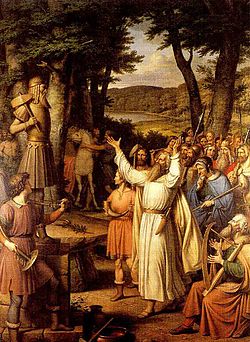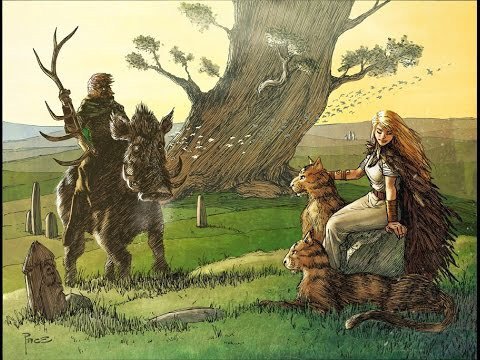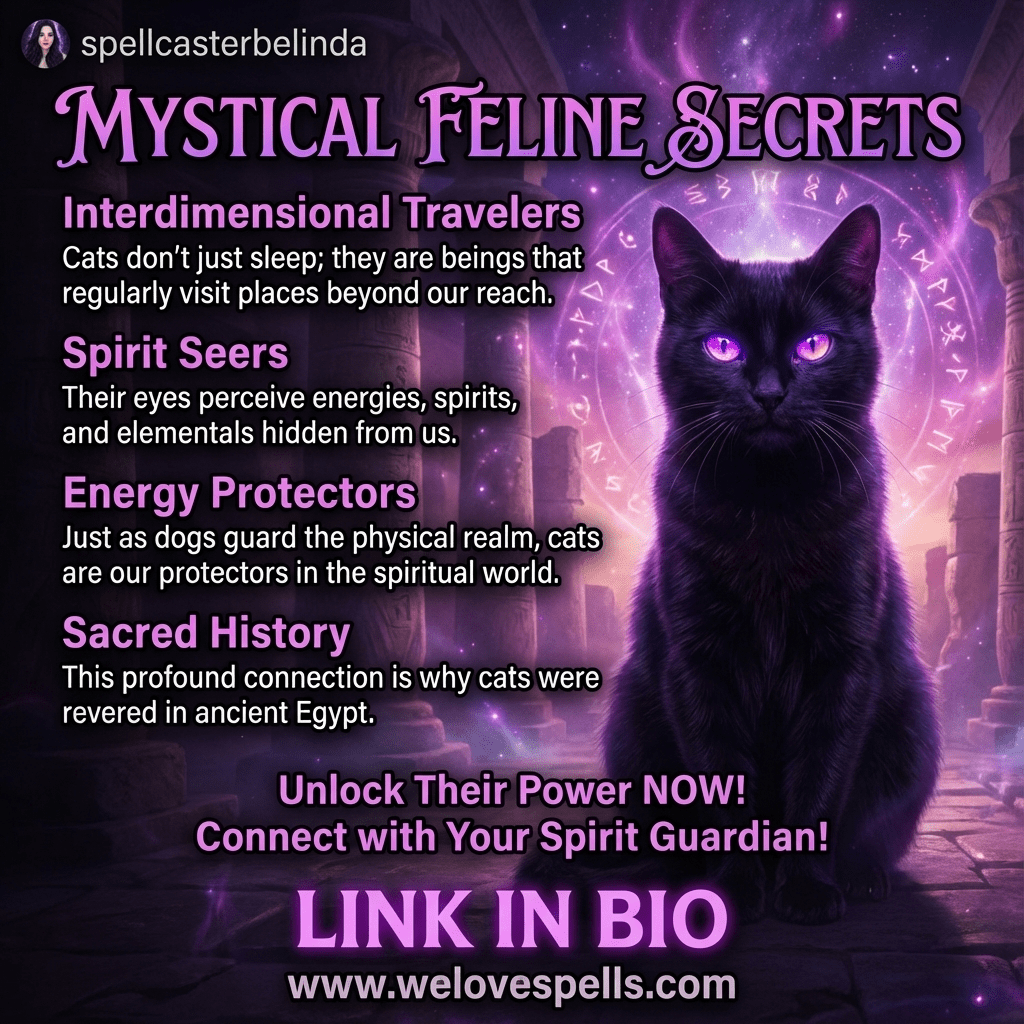The Elven Sacrifice: Discovering Alfablot, a Norse Paganism Event
- Love spells focus intention, ritual timing, and symbolic offerings to align your energy with desired outcomes such as attraction, reconciliation, or healing.
- Alfablot, the Norse “Elven Sacrifice,” is a powerful time to blend ancestor veneration with love magic, gratitude, and earth-honoring practices.
- Celebrate Alfablot in late autumn or near the winter solstice with private rituals, seasonal foods, and offerings to land spirits and ancestors.
- Modern practitioners personalize rituals: create a home altar, share a harvest meal, light candles, and set clear intentions for relationships.
- For a focused boost, pair your ritual with a professionally cast spell from trusted practitioners to amplify intention and follow-through.
Step into the enchanting world of Norse Paganism and discover Alfablot—“The Elven Sacrifice.” This intimate, ancient festival weaves together earth-honoring rituals, gratitude for the harvest, and a profound connection to the ancestral spirits and Norse elves.
Alfablot is a private, heart-centered rite that reaches into rich Norse soil. It invites you to honor the spirits of the land and your ancestors while sharing a feast celebrating nature’s bounty.
For those seeking renewed romance or relationship healing, Alfablot offers a powerful seasonal window. Shop real love spells that work today at WeLoveSpells.net to complement your ritual work and deepen your intentions.
❤️ Boost Your Love Magic – Shop Spells at WeLoveSpells.netReady to infuse your spiritual journey with deeper meaning? Explore our Love Spell collection to attract, reunite, or empower your heart’s desires.

Alfablot: The Elven Sacrifice Unveiled
Understanding the Essence of Alfablot
Alfablot—“Sacrifice to the Elves”—is a sacred Norse pagan observance celebrating the bond between humans and the hidden beings of Norse lore, the elves. It’s a bridge to the spirit world and a time for generous thanksgiving to the land and to those who tended it before us.
Traditionally held as a quiet, family-centered gathering, Alfablot emphasizes reverence, reciprocity, and the passing of blessings through generations.
Why Alfablot Matters in Norse Spirituality
Alfablot is a time for communion, reflection, and reverence. Instead of large public festivals, the focus is intimate: honoring ancestors, seeking the wisdom of elves as keepers of fertility and abundance, and reaffirming your connection to local land spirits.
Diverse Traditions: How Alfablot Is Honored
- Personalized rituals: Timing, offerings, and prayers vary by region and family.
- Home altars: Sacred spaces with bread, mead, honey, or fruit offerings.
- Ancestor veneration: Toasts, storytelling, and candle-lighting in remembrance.
- Harvest feasts: Sharing seasonal foods to celebrate the year’s bounty.

The Mystery of Alfablot’s Timing
When Is Alfablot Celebrated?
Unlike fixed-date holidays, Alfablot follows the land’s rhythms. Many mark it after harvest’s end (late October or November), while other lineages align it closer to the winter solstice in late December. Local agricultural cycles, climate, and family tradition guide the date.
Autumn’s Farewell Feast
As autumn closes and winter draws near, families gather for a private, hearth-centered feast that strengthens bonds and restores the spirit for the darker months.
Winter Solstice Connections
In some traditions, Alfablot touches the longest night—honoring survival, light’s return, and rebirth. For relationship work, this symbolism mirrors renewal, forgiveness, and new beginnings.
Post-Harvest Reflection
- Give thanks for the final crops of the year.
- Share a meal made from seasonal, local ingredients.
- Offer gratitude to ancestors and land spirits for abundance and protection.

Alfablot vs. Halloween and Samhain
Similar Roots—Different Focus
Alfablot is often compared to Samhain and Halloween. All three observe seasonal transitions and honor spirits of the dead. Yet Alfablot differs in its private, family-based format and its special devotion to elves and land spirits.
- Samhain/Halloween: Communal events, costumes, community rituals.
- Alfablot: Private gratitude rites, elf veneration, ancestor-focused storytelling.

Honoring Ancestors and Earth Spirits
Earth-Centered Rituals with Love-Focused Intentions
At the heart of Alfablot is meaningful connection with the spirit world—especially the elves and the beloved dead. Rituals may include lighting candles, preparing the favorites of departed loved ones, or placing small offerings beneath sacred trees or stones.
If reconciliation is your goal, align your rite with a focused working such as the Reconciliation Love Spell to support forgiveness and open-hearted dialogue.

How Modern Pagans Celebrate Alfablot
Practical Steps to Observe Alfablot at Home
- Prepare a seasonal meal from local harvest foods (bread, root vegetables, apples, honey).
- Light red and white candles to represent love, life, and remembrance.
- Create a small altar with offerings: bread, mead, nuts, fruit, or honey.
- Share stories or blessings for ancestors and the spirits of place.
- Spend quiet time outdoors, listening and giving thanks to the land.
To draw a loving partner closer during this season, consider the Attract Your Soul Mate Spell or deepen commitment with a Love Binding Spell.
Regional Adaptations and Climate Considerations
Because Alfablot is rooted in nature’s cycles, adapt it to your region. Warmer climates may see later harvests; northern climates may observe earlier frosts. Choose a date that feels aligned with your local land and seasonal markers.
Personalizing Your Alfablot
- Follow local signs—leaf fall, first frost, or the last market harvest.
- Offer seasonal foods and drinks: bread, apples, mead, nuts, and honey.
- Invite loved ones to share stories, gratitude, and blessings for the coming winter.
Success Stories ⭐: Real Experiences with Norse Rituals
“I blended my Alfablot feast with a reconciliation intention. Within weeks, our conversations softened and we found our way back to each other. The season’s energy felt truly supportive.”
– Emma H., Norway
“Lighting candles for my grandparents and sharing their favorite foods brought a warmth to my home I hadn’t felt in years. Our family feels closer and more peaceful.”
– Laura R., Denmark
“Every Alfablot, I set intentions for love and gratitude. It’s become our annual reset—grounding, heart-opening, and deeply meaningful.”
– Kirsten V., Sweden
Ready to invite love back in? Complement your Alfablot with the Bring Back Lost Lover Love Spell or embrace unconditional care with the Unconditional Love Spell.
Frequently Asked Questions About Alfablot
Alfablot and the Cycle of Nature
Alfablot mirrors the seasonal wheel: growth, harvest, rest, and renewal. Relationship work often follows similar phases—reconciliation, closure, or fresh beginnings. For rekindling, see the Retrieve a Lover Love Spell for focused support.
Mystical Foods of the Alfablot Feast
Traditional dishes include freshly baked bread, root vegetables, apples or fruit compotes, and mead or ale. Each carries symbolism: bread for sustenance, apples for vitality and memory, and honey for sweetness in the days ahead.
Creating an Alfablot Altar
- Red candles: for love’s energy and remembrance.
- Harvest foods, nuts, berries, and local fruits.
- Photos or mementos of loved ones.
- Personal written prayers or wishes.
A simple altar deepens your connection with both ancestors and the spirits of place—turning your home into sacred space for the season.
Linking Ancient Rites to Modern Relationships
Alfablot isn’t only about the past—it’s about renewal now. Honor your lineage, speak your truth, and align your heart with your highest intentions. When guided support is helpful, shop our Love Spells or consider the Reconciliation Love Spell for compassionate bridges.
Get Personal Guidance for Your Ritual
Want help customizing your Alfablot or love-magic intentions? Connect live with a gifted advisor below for clarity and next steps.
Let the ancient wisdom of Alfablot unlock deeper love and gratitude in your life.
Begin your new tradition of love today—honor your ancestors, bless your home, and set clear intentions.
🔴 Need Clarity on your Situation?



